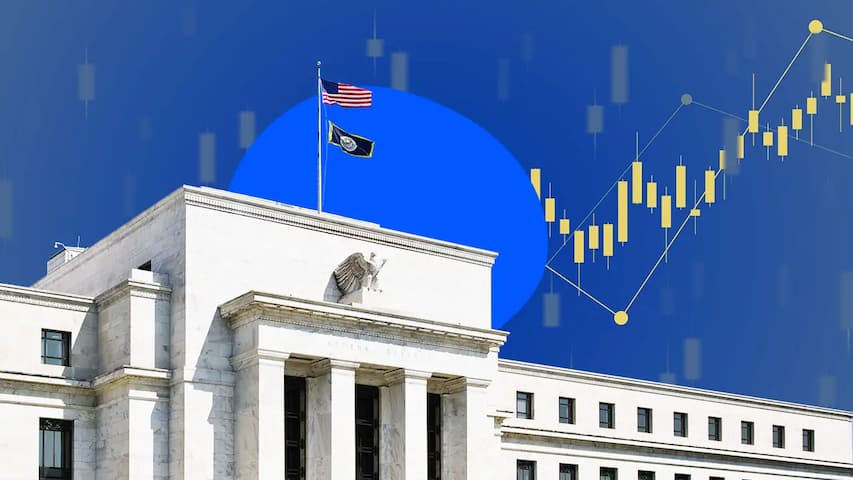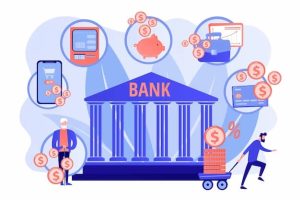Ugh, interest rates are going up again. The Federal Reserve just raised rates, and you might be wondering what that means for your credit card debt and overall financial picture. Don’t worry, we’ve got you covered. In this article, we’ll break down the Fed’s rate hike, how it impacts your credit cards, and some smart strategies to save money in a rising-rate environment.

Understanding the Fed Funds rate and the Prime rate
Let’s start with a quick explainer. The Federal Reserve, often called the Fed, is the central bank of the United States. One of its key responsibilities is to control inflation, which is the rate at which prices for goods and services increase over time.
The Federal funds rate is the interest rate that banks charge each other for overnight loans. It’s essentially the benchmark rate that sets the tone for borrowing costs across the financial system. When the Fed raises the federal funds rate, it’s typically a signal that they’re trying to slow down economic growth and cool down inflation.
Now, the federal funds rate doesn’t directly impact your credit cards. But it does influence the prime rate. The prime rate is a benchmark interest rate that banks use to set their interest rates for things like credit cards and business loans. So, when the Fed raises the federal funds rate, the prime rate typically goes up as well.
Rising rates = Higher APRs on credit cards
Here’s where it hits your wallet. Many credit cards base their annual percentage rate (APR) on the prime rate. The APR is the interest rate you’re charged on your credit card balance if you don’t pay it off in full each month. So, if the prime rate increases, your credit card APR is likely to go up too. This can make it more expensive to carry a credit card balance.
For example, let’s say you have a credit card with a current APR of 15% and a balance of $5,000. If the prime rate increases and your APR bumps up to 17%, you’ll be paying an extra $100 in interest each year. That may not seem like a lot, but it can add up over time.
How to save money in a rising-rate environment?
So, what can you do to protect yourself from rising interest rates? Here are a few smart strategies:
- Pay down your credit card debt ASAP. This is the best way to avoid getting hit with higher interest charges. If you can, make a plan to pay off your credit cards in full each month.
- Consider a balance transfer credit card. If you have a high-interest credit card balance, you may be able to save money by transferring it to a balance transfer card with a lower introductory APR. Just be sure to pay off the balance before the introductory period ends, or you’ll be charged the card’s regular APR.
- Shop around for a better credit card deal. If your current credit card APR is on the high side, consider shopping around for a card with a lower rate. There are many cards on the market with introductory 0% APR offers on purchases and balance transfers.
- Be mindful of new credit applications. When interest rates are rising, it’s generally not a good time to take on new debt. So, avoid applying for new credit cards or loans unless absolutely necessary.
Additional tips:
- Stay informed. Keep an eye on the Federal Reserve’s monetary policy announcements. This will give you a heads-up on future interest rate hikes.
- Build an emergency fund. Having a safety net of savings can help you weather unexpected financial storms, such as a job loss or a medical emergency.
- Talk to a financial advisor. If you’re concerned about rising interest rates and how they might impact your finances, consider talking to a financial advisor for personalized advice.
Rising interest rates can put a strain on your wallet, but there are steps you can take to protect yourself. By following these tips, you can make smart financial decisions, minimize the impact of higher rates on your finances, and keep your wallet happy even when interest rates are on the rise.






